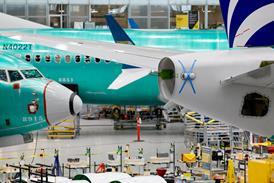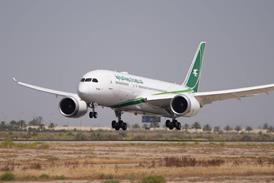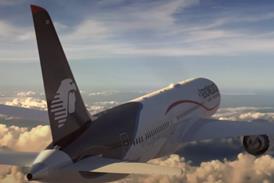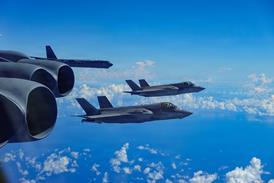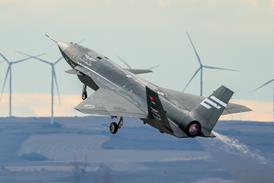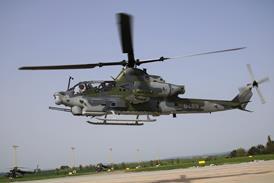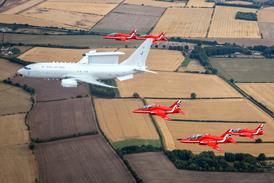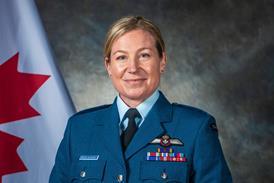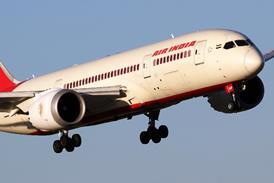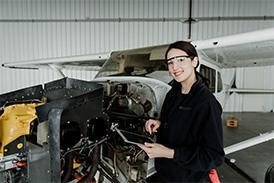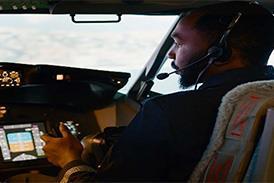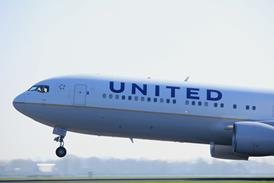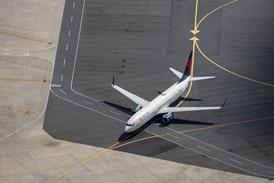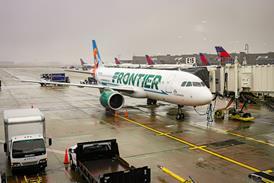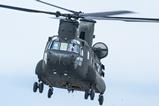Uncrewed aircraft manufacturer General Atomics Aeronautical Systems (GA-ASI) is revealing new details about its participation in a US Navy (USN) uncrewed fighter programme.
The San Diego company confirmed on 17 October it has been selected for an initial round of competition under the USN’s Collaborative Combat Aircraft (CCA) programme, which aims to deliver an autonomous tactical jet able to operate from the service’s aircraft carriers.
General Atomics’ participation was reported in September, though the company declined to confirm its involvement at the time.
It now confirms its participation and reveals details about its planned vehicle design.
“GA-ASI was selected to work on [US] Navy CCA designs, emphasising a modular approach to platform selection, capable of being rapidly reconfigured and upgraded to meet changing mission requirements, including operations on and from aircraft carriers,” the company says.
General Atomics further reveals plans to put forward a design based on the Gambit line of specialised jets it designed around a common airframe.
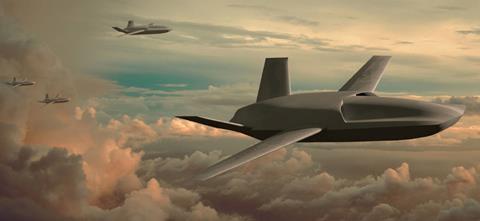
The company’s website lists four Gambit variants: an intelligence, surveillance and reconnaissance model, and air-to-air combat, combat reconnaissance and “high fidelity trainer” variants. In 2024, General Atomics announced a fifth variant tailored for ship-based operations.
Fixed-wing aircraft operating from USN carriers require features such as folding wings, reinforced landing gears and airframes, and arresting wire tailhooks. Carrier-based fighters generally also have larger-area wings that generate additional lift, making them more suitable for operating from short carrier runways.
General Atomics has significant experience with flight deck operations.
The company builds the catapult-assisted Electromagnetic Aircraft Launch System on the USN’s latest Ford-class aircraft carriers, the first of which is already in service.
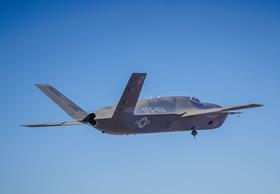
In 2023, General Atomics also successfully completed flight trials aboard the UK Royal Navy’s HMS Prince of Wales carrier with a Mojave UAV demonstrator. A year later, the company launched one of its Gray Eagle aircraft from the South Korean navy’s Dokdo flattop amphibious assault ship.
Earlier this month, General Atomics and South Korea’s Hanwha Aerospace signed a deal to jointly develop that short take-off and landing Gray Eagle variant, with deliveries from a planned facility in South Korea expected to begin in 2028.
When it comes to plans for the USN CCA programme, General Atomics lists a number of priority objectives, including “seamless” coordination between manned fighters, other uncrewed vehicles and support platforms.
The new jet will also need to integrate with three generations of tactical aircraft, including the navy’s fourth-generation Boeing F/A-18E/F Super Hornets, fifth-generation Lockheed Martin F-35C stealth fighters and the still-developmental F/A-XX sixth-generation platform.
That aircraft is meant to eventually replace the navy’s hundreds of F/A-18s, but faces a somewhat uncertain future with the Trump Administration seemingly preferring to prioritise the US Air Force’s (USAF’s) land-based Boeing F-47 sixth-generation fighter.
The USN is still pursuing a final design selection for the F/A-XX and the effort maintains support from lawmakers in Congress.
Much like the USAF, the navy’s CCA and sixth-generation fighter programmes are connected but bureaucratically separate.
General Atomics is now a contender for both the navy and air force CCA programmes, with the company’s YFQ-42A prototype in flight testing for the USAF initiative.
That design is based off its XQ-67A uncrewed jet, which the company began flying in 2024 under a separate USAF research contract.
Arrayed against the YFQ-42A is the YFQ-44A from start-up Anduril Industries.
Headquartered in Costa Mesa, just up the California coast from General Atomics’ base, Anduril is competing against its neighbour in both the air force and navy CCA efforts.
Anduril plans to use an entirely new aircraft design for its USN CCA bid, rather than modify the prototype developed for the USAF.
Anduril is overdue to begin flight testing with its YFQ-44A prototype, with the company previously having said the jet would fly before the end of summer.
Company officials who spoke to FlightGlobal in September said they are taking extra time to refine the YFQ-44A’s autonomous flight control software and still expect to meet the air force’s overall timeline goal for CCA development and testing.
The USAF hopes to select a winning design by late 2026, with a subsequent second increment of CCAs also in the works.


